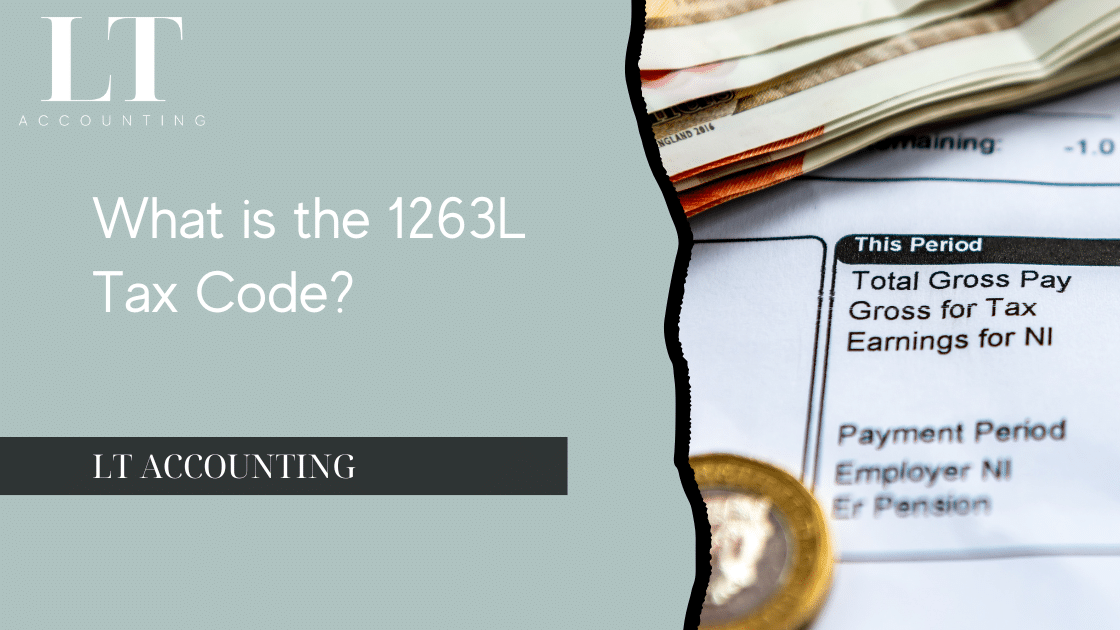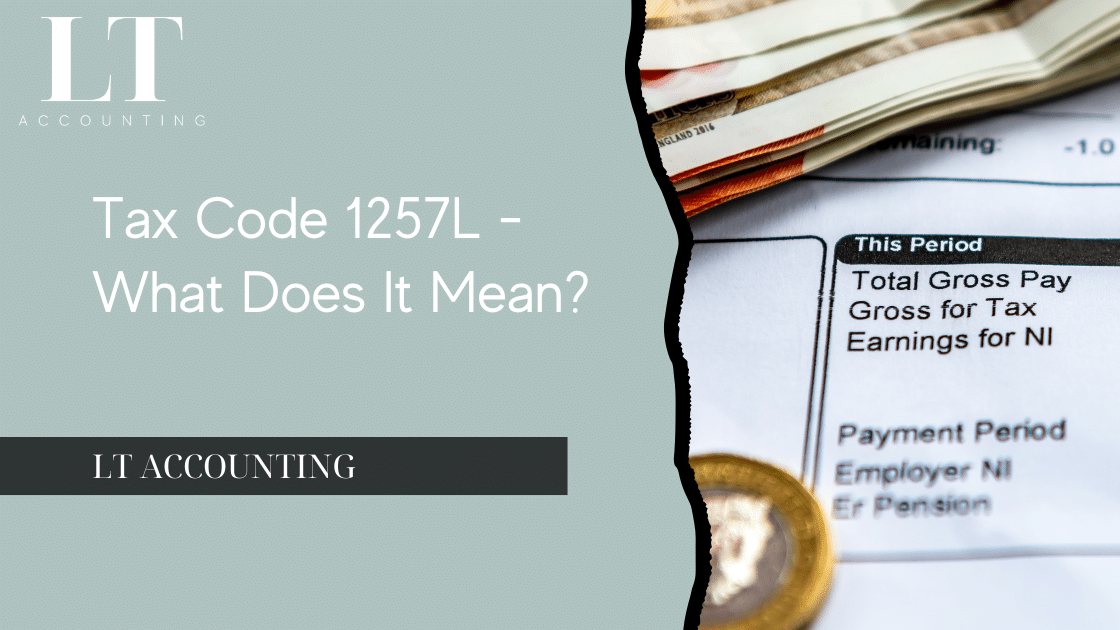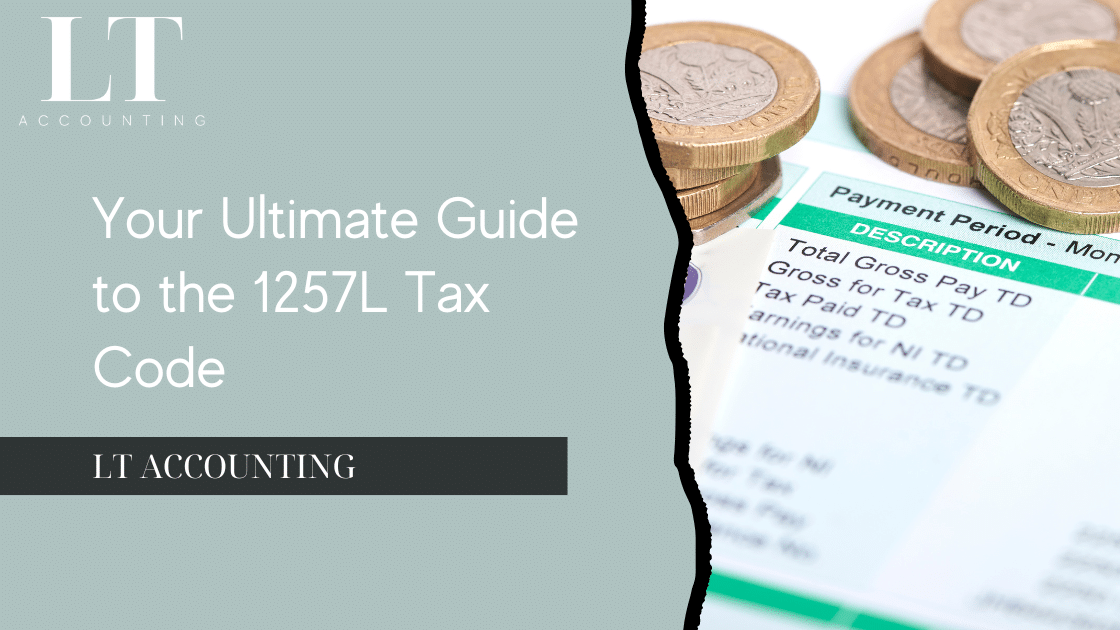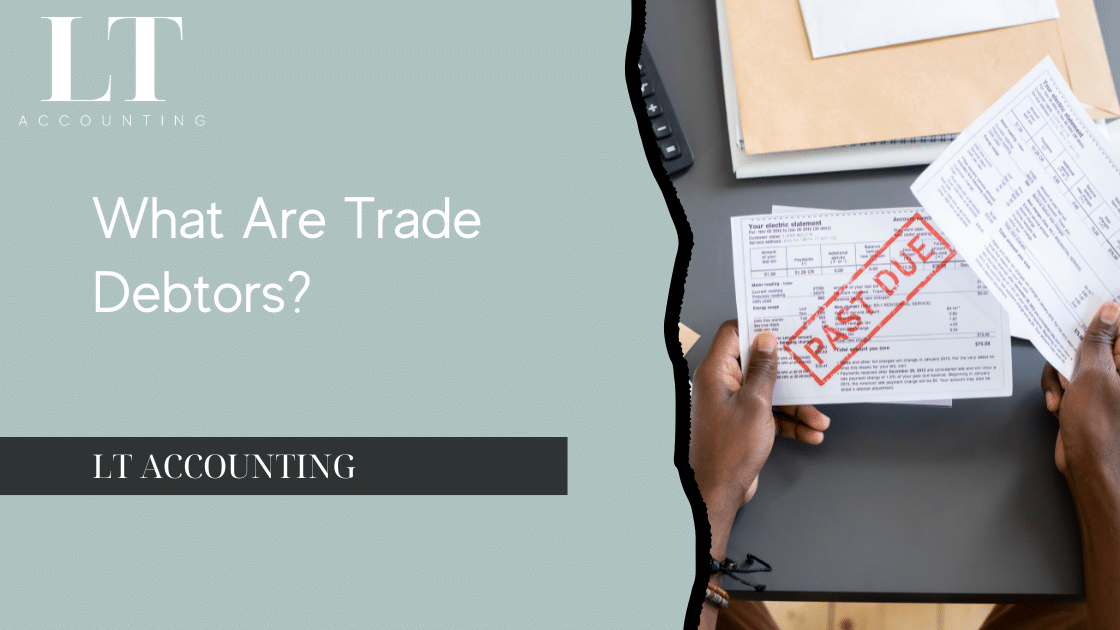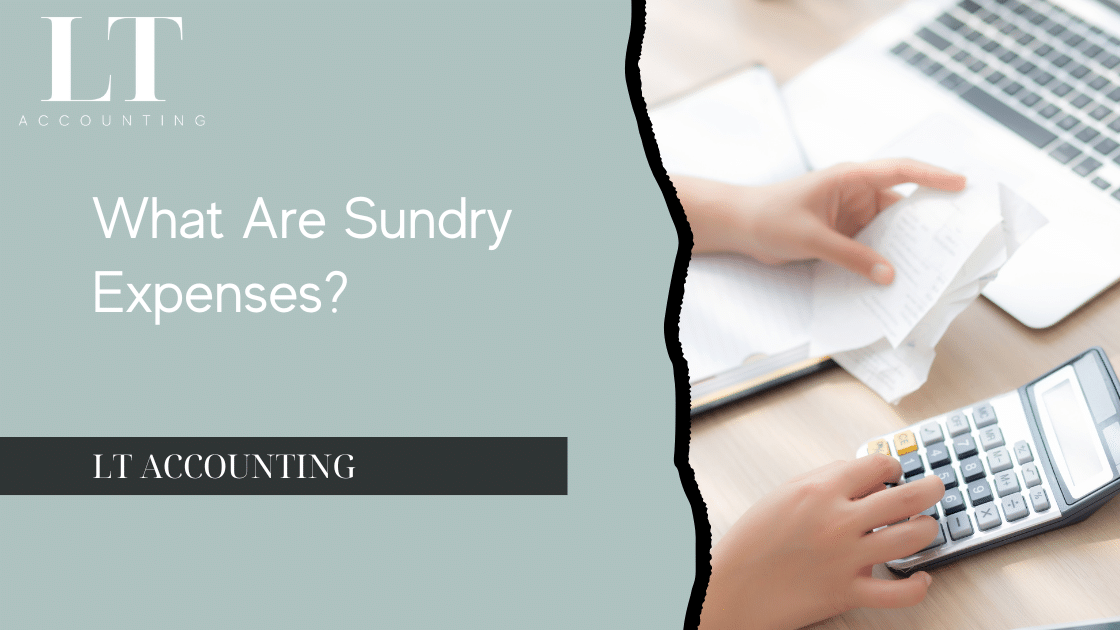Navigating the labyrinth of tax regulations in the UK can often feel like deciphering a cryptic puzzle. One of the most talked-about elements in this maze is the 1263L tax code. For many, it’s just a mysterious combination of numbers and letters that appears on their payslip. But what does it actually signify? How does it impact your take-home pay? And why should you even care? Let’s delve into the intricacies of the 1263L tax code, shedding light on its significance and implications for taxpayers.
Understand the 1263L Tax Code
The 1263L tax code is one of the most common tax codes used by HM Revenue and Customs (HMRC) in the UK. Essentially, it determines how much tax-free income you can earn before you start paying income tax. For the tax year 2023/24, the standard personal allowance is £12,630, meaning you can earn up to this amount without paying income tax. The ‘L’ suffix indicates that you’re entitled to the basic personal allowance.
Here’s a breakdown of what each part of the code represents:
- 1263: This number signifies the amount of tax-free income you’re allowed. Multiply it by ten to get your total tax-free allowance, which is £12,630 for the year.
- L: This letter is used for most taxpayers, indicating eligibility for the basic personal allowance.
Why is the 1263L Tax Code Important?
Understanding your tax code is crucial because it directly affects your take-home pay. If your tax code is incorrect, you might end up overpaying or underpaying your taxes. Overpaying means less money in your pocket, while underpaying could result in a hefty tax bill at the end of the year.
Key Points to Consider:
- Annual Review: Your tax code can change annually based on the Chancellor’s budget announcements. Always check your latest payslip or tax code notice.
- Income Changes: If you receive additional income or benefits, your tax code might need adjusting.
- Benefits in Kind: If you receive benefits such as a company car, HMRC may alter your tax code to account for this.
How is the 1263L Tax Code Calculated?
The calculation of the tax code is a straightforward process, although it can appear complex at first glance. Here’s how HMRC determines your tax code:
- Determine Personal Allowance: Start with the standard personal allowance, which for 2023/24 is £12,630.
- Adjustments: HMRC makes adjustments for any taxable benefits or untaxed income. This could include company benefits or second jobs.
- Calculate the Code: Once adjustments are made, HMRC calculates the tax code, indicating how much of your earnings are tax-free.
Common Questions about the 1263L Tax Code
What if my tax code is wrong?
If you suspect your tax code is incorrect, contact HMRC immediately. A wrong tax code can mean you’re paying too much or too little tax.
How can I check my tax code?
Your tax code is usually displayed on your payslip, P45, or P60. You can also log into your personal tax account on the HMRC website.
What if I have multiple jobs?
If you have more than one job, your personal allowance is usually applied to your main job. The secondary job will have a different tax code, often BR or D0, meaning you’ll pay basic or higher rate tax on all earnings from that job.
Adjustments and Special Circumstances
The 1263L tax code is primarily for employees with straightforward tax affairs. However, life isn’t always so simple, and there are situations where adjustments might be necessary:
- Marriage Allowance: If you’re married or in a civil partnership, you might be eligible for the marriage allowance, which could affect your tax code.
- Blind Person’s Allowance: If you qualify for this allowance, it will be reflected in a different tax code.
- Other Income: Earnings from property, savings, or investments can lead to adjustments in your tax code.
How Changes in Legislation Affect the 1263L Tax Code
Each year, the government reviews and potentially adjusts the personal allowance during the budget announcement. This can lead to changes in the tax code. It’s important to stay informed about these changes as they can affect your financial planning and tax obligations.
Conclusion
Understanding the 1263L tax code is crucial for effective financial management. It plays a pivotal role in determining how much tax you pay and ensuring that you’re not caught off guard by unexpected tax bills. While it may seem daunting, taking the time to understand how your tax code works will empower you to manage your finances better. Keep an eye on any changes and make sure your tax code reflects your current circumstances. After all, when it comes to taxes, knowledge is not just power – it’s money in your pocket.

